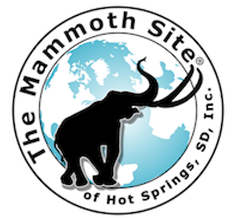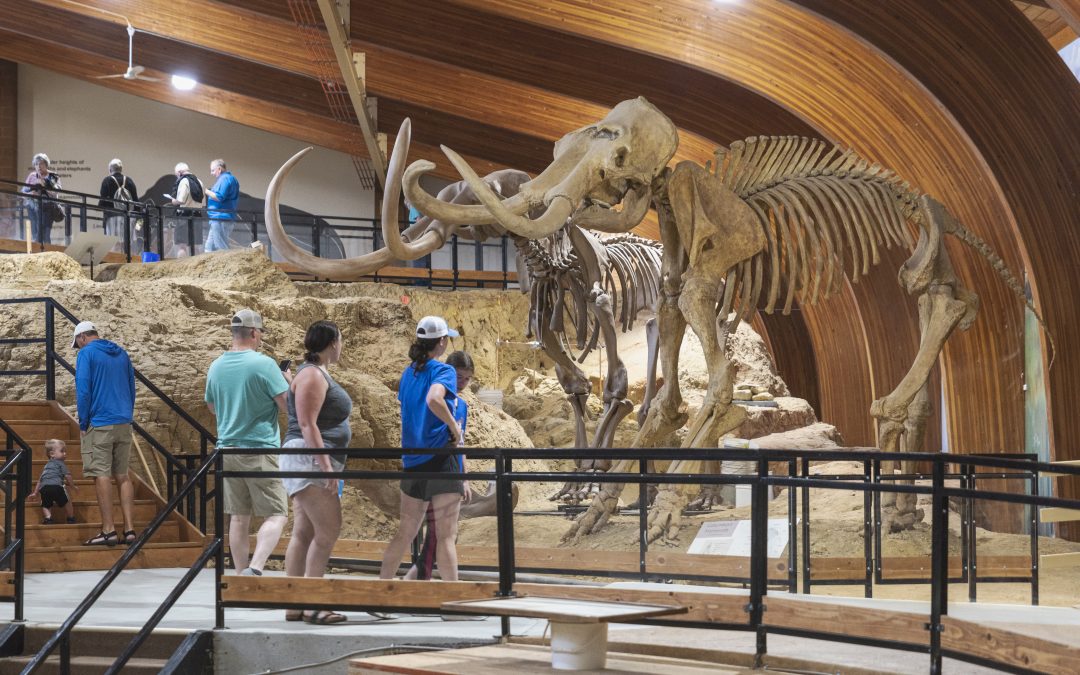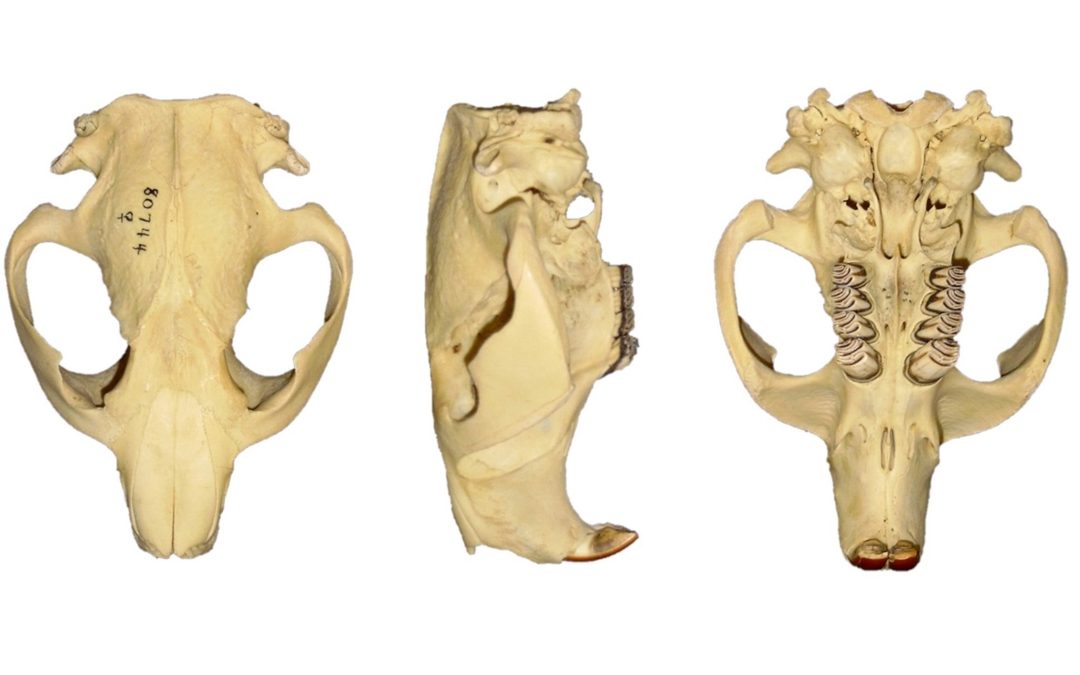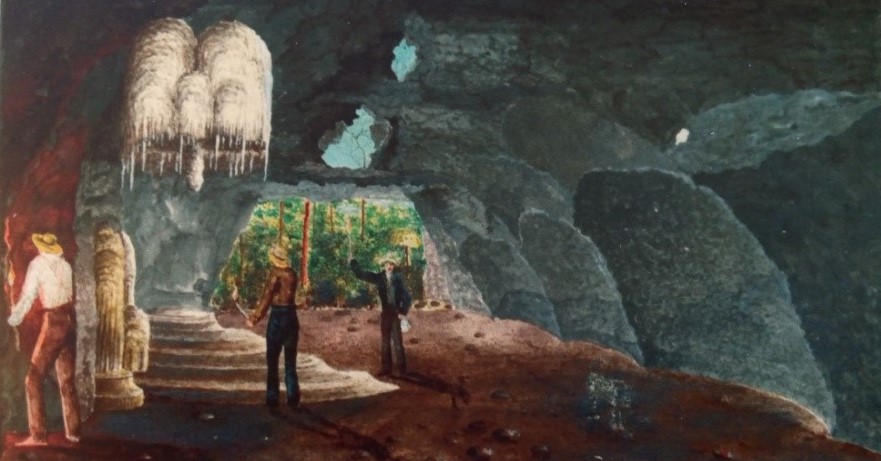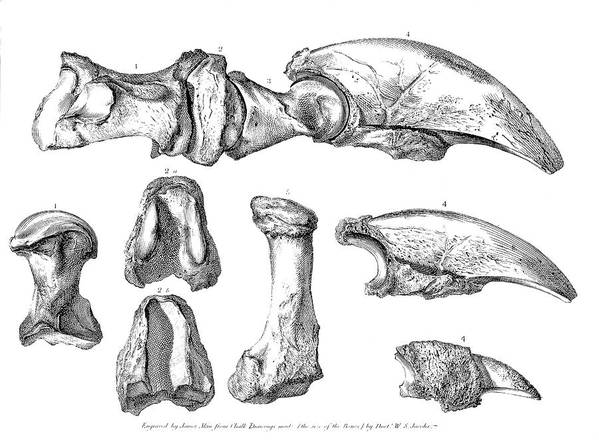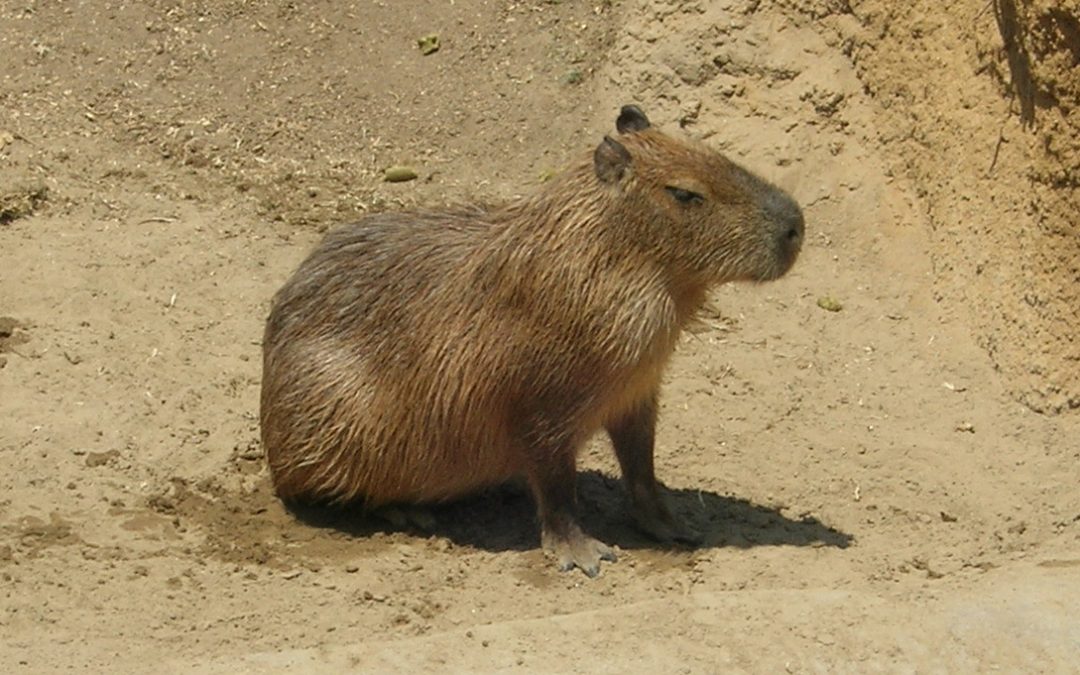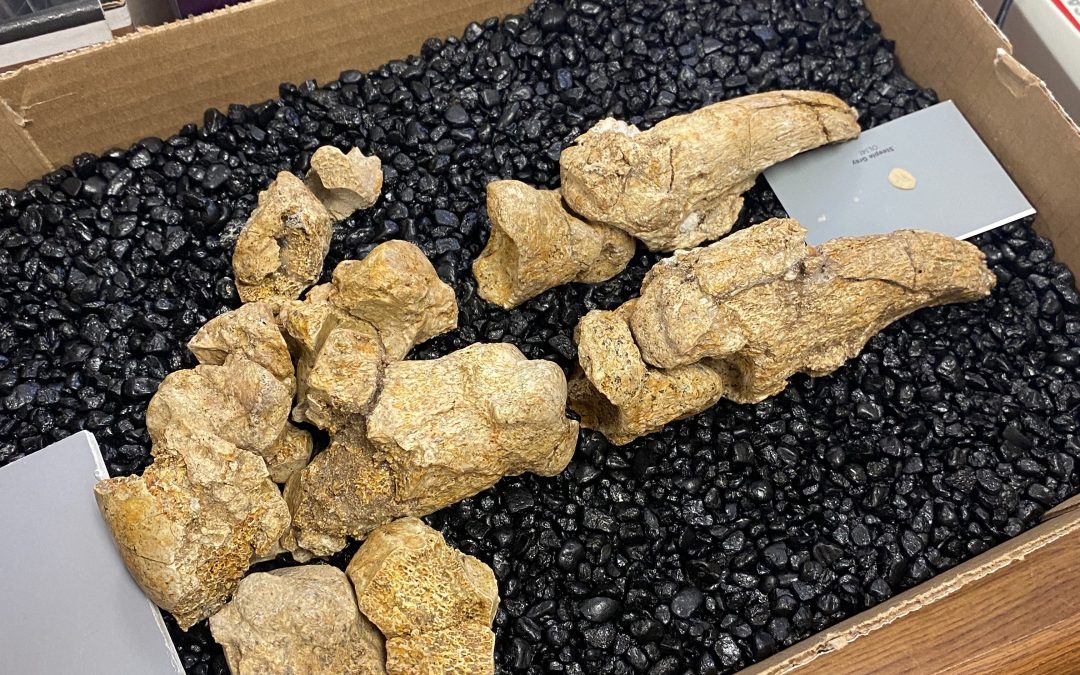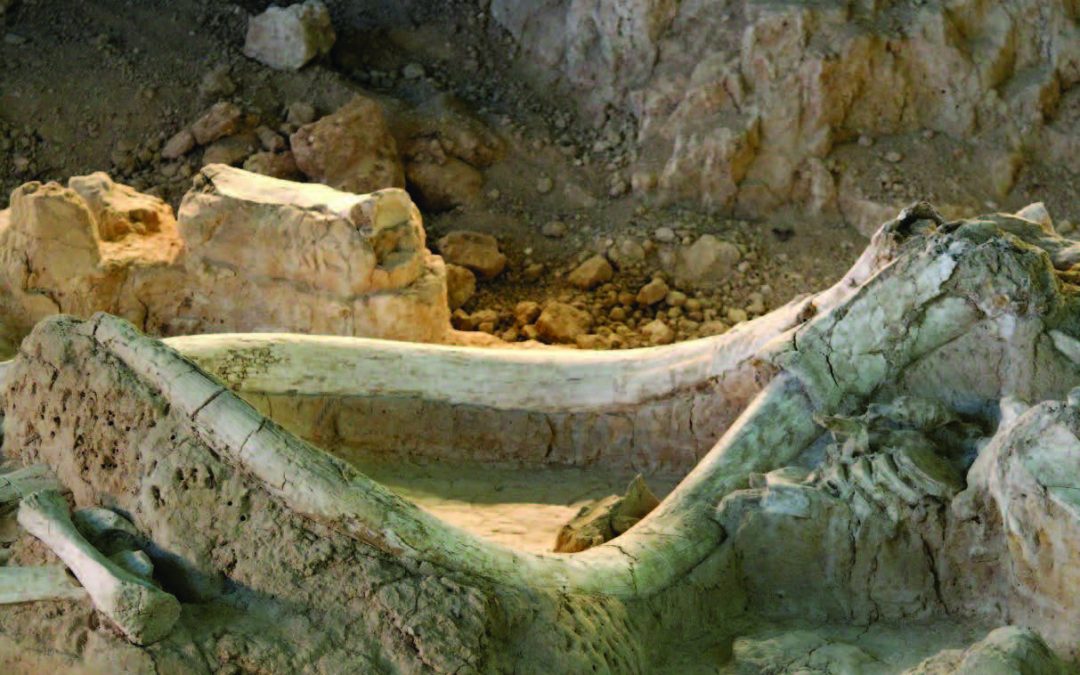By Greg McDonald
“I have been wonderfully lucky, with fossil bones — some of the animals must have been of great dimensions: I am almost sure that many of them are quite new; this is always pleasant, but with the antediluvian animals it is doubly so.” —Letter from Charles Darwin to his sister Caroline, October 1832.
Darwin’s early interest in nature led him to neglect his medical education at the University of Edinburgh; instead, he helped to investigate marine invertebrates. His studies at the University of Edinburgh only lasted from 1825 to 1827 as Darwin found lectures dull and surgery distressing, so he neglected his studies. He did learn taxidermy from John Edmonstone, a freed black slave who had accompanied Charles Waterton in the South American rainforest. Darwin’s neglect of medical studies annoyed his father, who then sent him to Christ’s College, Cambridge in January 1828, to study for a Bachelor of Arts degree as the first step towards becoming an Anglican country parson. Darwin was unqualified for Cambridge’s Tripos exams and was required instead to join the ordinary degree course. During the first few months of Darwin’s enrollment at Christ’s College, his second cousin, William Darwin Fox, was still studying there. Fox impressed him with his butterfly collection, introducing Darwin to entomology and influencing him to pursue beetle collecting. Through Fox, Darwin became a close friend and follower of botany professor John Stevens Henslow, becoming known as “the man who walks with Henslow.” In his final examination in January 1831, Darwin did well, coming tenth out of 178 candidates for the ordinary degree.
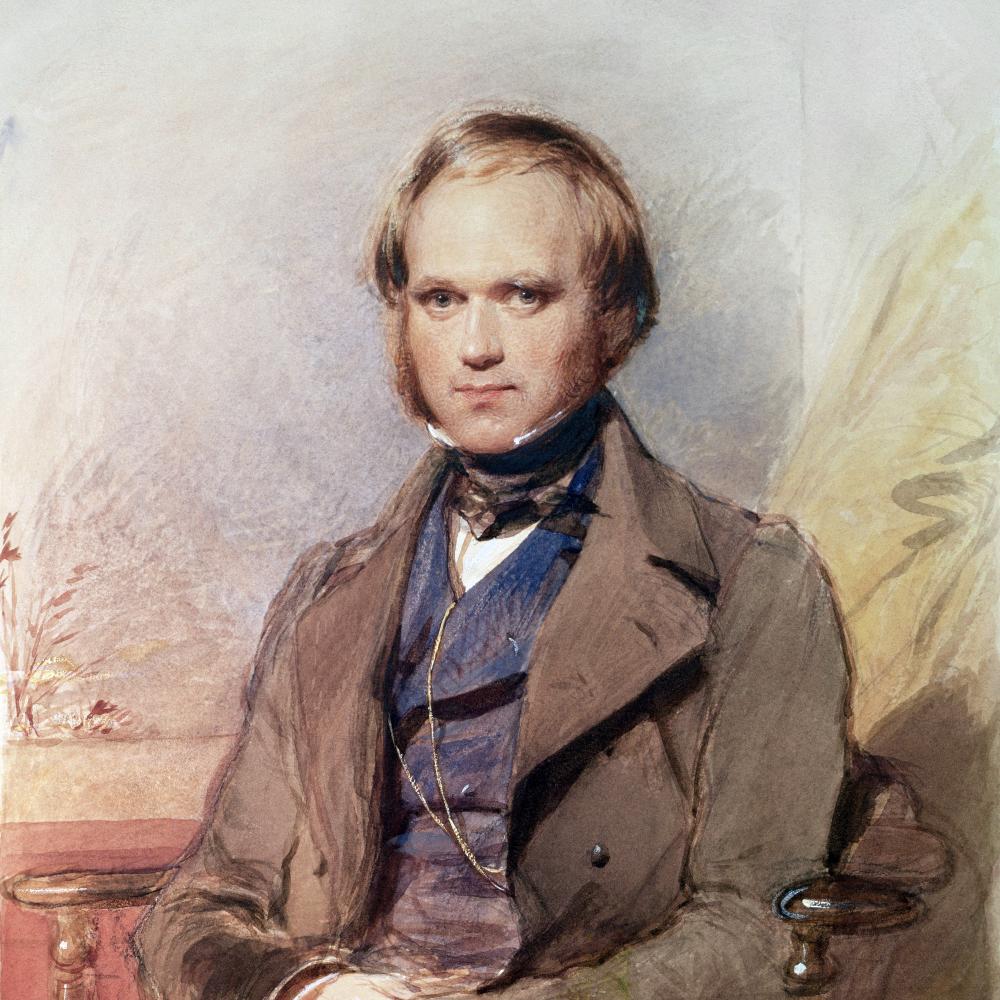
Darwin’s contribution to our knowledge of fossil sloths is as a collector, not as a describer, unlike Lund who did both. In his field notes and correspondence in which he documented his discoveries, the descriptions of the different fossil vertebrates he found are often vague and lack specific details with regard to their structure and anatomy. Most of the sloths he found during the Voyage of the Beagle he attributed, at least provisionally, to Megatherium, which was reasonable as, at the time, it was essentially the only known fossil sloth in South America as Lund was only starting to describe his finds from Brazil, and Megalonyx was only known from North America. Having initially started his university education with the intent of becoming a doctor, one would have expected that his training would have included the basics of comparative anatomy. But it is apparent that his overall knowledge of this subject was limited, particularly with regard to the skeleton, which of course is all that was preserved of the extinct animals he was discovering and collecting. While Darwin was at the University of Edinburgh, he did not enroll in any of the classes in anatomy taught by Dr. Robert Knox, a dedicated comparative anatomist and follower of Cuvier. Darwin himself realized this limitation in his education, and in a letter to Henslow, from whom he had learned botany, dated March 1834, he confessed his “entire ignorance of comparative anatomy.”
It should also be noted that at the time Darwin was preparing for his trip on the Beagle, no sloth remains had yet reached England. So he had no access to any original specimens for him to examine and at least provide him with an idea of what the bones of a giant sloth would have looked like. However, while Darwin was aboard the Beagle (1831-1836), this deficiency of specimens in British Museums would be corrected by Woodbine Parrish (1796 – 1882), a British diplomat who served as Great Britain’s consul to the government of the United Provinces of the Río De La Plata in Buenos Aires from 1824 to 1833. As part of his duties, Parish developed an interest in the local natural history, including the recovery of antediluvial animals as part of Britain’s intellectual competition with France and Spain. In 1830, Parish found a good source of bones about two hundred kilometers south of Buenos Aires, in the dry basin of the Salado River and its tributary lakes, a region not yet fully explored until 1825 as it was still controlled by indigenous peoples.
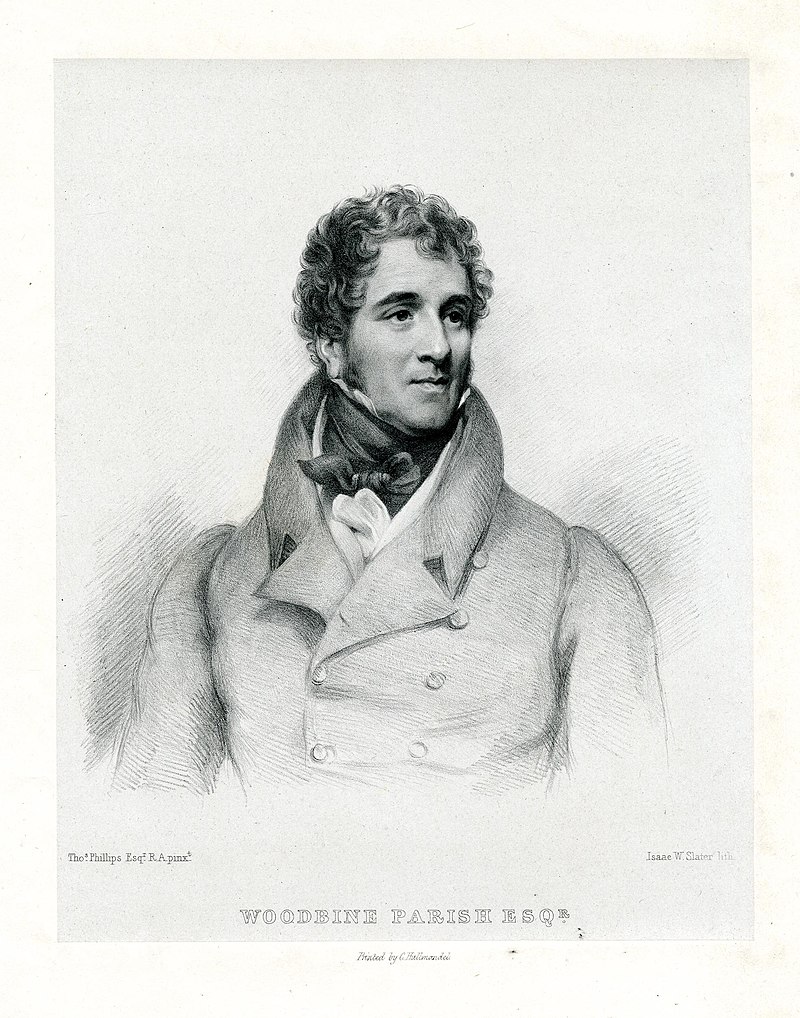
As reported by him:
“I heard that some bones of an extraordinary size had been brought to Buenos Aires from the Estancia of Don Hilario Sosa upon the Salado … upon going to see them, I was at once struck with their resemblance to Cuvier’s representation of the [Megatherium] … They were discovered … by a Peon accidentally passing, who noticed the upper part of the Pelvis projecting above the surface of the water.”
“I was naturally very desirous to obtain possession of these remains, but it was not without much difficulty that I prevailed upon Don Hilario to give them up to me. He was beset on all sides by applications for them: His medical attendant was a Frenchman, and had very nearly persuaded Him to send them to the Museum at Paris: a large sum was offered for them by one of my own Countrymen from the North, who wished to send them to Edinburgh; and at last some of the Members of the Government of Buenos Ayres hearing of the general interest they excited, began to think it would be but proper to secure them for their own National Museum”
Parish excelled at meeting the right people who could show him where skeletons of prehistoric animals had been previously found and succeeded in not only obtaining the skeleton but also the skull. The skeletons he recovered were nearly complete and were carefully packed and transported to Buenos Aires in ox carts. The consul forwarded them to England early in 1831, the year the Beagle, with Darwin on board, departed on its voyage. They were studied initially by William Clift (1775 – 1849). Clift started out as an apprentice with John Hunter, a celebrated surgeon, who also had amassed an extensive collection of anatomical preparations. After Hunter’s death, Clift continued to care for the collections. The collection was subsequently purchased by Parliament and when the newly incorporated Royal College of Surgeons agreed to take charge of the collection in 1800, Clift was retained as its Conservator. This position allowed him to devote his time to the advancement of comparative anatomy and physiology. Under Clift’s supervision, Hunter’s collections were successfully relocated twice, first in 1806 to a temporary location, and then in 1813 to the College Museum. With the addition of the Megatherium to the collections in June 1832, Clift delivered to the Geological Society of London his descriptions of the skeletons sent by Parish. Sometime after Clift published his paper, the first skeleton pieces of Megatherium and other animals collected by Darwin began to arrive in England. Like Parish, Darwin presented the entire series to the Museum of the College of Surgeons, with the caveat that casts be given to the British Museum, the Geological Society, as well as the Universities of Cambridge and Oxford. He also wanted to keep one set for himself. Clift and his son-in-law Richard Owen professed a peculiar interest in bringing these collections together, as they were probably connected with the specimens already presented by Parish.

The Beagle sailed from Plymouth Sound on 27 December 1831, under the command of Captain Robert FitzRoy. While the expedition was originally planned to last two years, it lasted almost five and the Beagle did not return to England until 2 October 1836. During the voyage, Darwin spent most of this time exploring on land (three years and three months on land; 18 months at sea). The ship regularly dropped him off at various places and picked him up later.
Darwin made his first discoveries of fossil vertebrates at Punta Alta, Buenos Aires Province, Argentina on September 23, 1832. The entry in his Beagle Diary read: “… I walked on to Punta Alta to look after fossils; & to my great joy I found the head of some large animal, imbedded in a soft rock. … It took me nearly 3 hours to get it out: As far as I am able to judge, it is allied to the Rhinoceros. … I did not get it on board till some hours after it was dark”.
This was his first discovery of a fossil sloth. Darwin continued to collect intermittently at this locality until October 16, after which he went to Monte Hermoso for three days, where he collected several specimens before returning to Punta Alta between August 29 – 31, 1833. Several weeks later, around September 19, he collected in Guardia del Monte (Buenos Aires Province); the Rio Carcarañá or Tercero in Santa Fe Province, Argentina on October 1; and the Bajada Santa Fe (Paraná, Entre Ríos Province, Argentina) on October 10. From there he went to Uruguay, where he collected fossils from the Arroyo Sarandí near the city of Mercedes (Soriano Department). He returned to Argentina and collected his last specimens at Puerto San Julián (Santa Cruz Province) during the first several months of 1834. All of the specimens were sent to his mentor John Stevens Henslow (1796 – 1861), who later deposited them in the Museum of the Royal College of Surgeons in London. During World War Two, the intense bombardment of London on April 10 and 11, 1941, damaged the Museum of the Royal College of Surgeons, resulting in the destruction of a large part of its paleontological treasures. A catalog of the surviving specimens indicates that some 95% of the collection, about 5,000 specimens, had been lost, including the mounted skeleton of the sloth Mylodon robustus described by Owen in 1842. Only 175 specimens survived. Among these, fortunately, are a number of the specimens collected by Darwin and described by Richard Owen in his chapter on Fossil Mammals of the Voyage of the Beagle (1837-1845) as new taxa. These include three sloths, Mylodon darwinii, Glossotherium sp; and Scelidotheriumleptocephalum, as well as other Pleistocene mammals, including Equus curvidens, Macrauchenia patachonica, and Toxodon platensis. In 1946, nearly all of Darwin’s collection was transferred from the Royal College of Surgeons to the Natural History Museum (London), where it is still housed today. The Royal College of Surgeons retained only a single specimen of the Megatherium americanum.
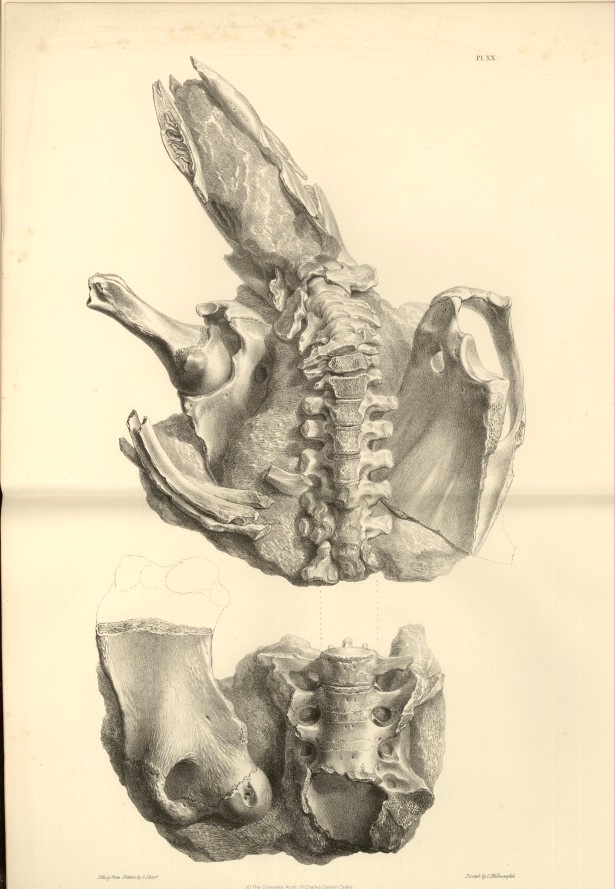
With his return to England in 1836, Darwin arranged for experts on different groups of animals and plants to provide the formal descriptions and identifications of his collections. The task for the fossil vertebrates went to Richard Owen (1804 – 1892), who is better known for coining the name – dinosaur. Owen had just been appointed Hunterian professor at the Royal College of Surgeons earlier that year prior to the Beagle’s return to England. His duties included cataloging the Hunterian collection, but Owen did not confine his attention to only this task but also seized every opportunity to dissect fresh subjects. This included examining all animals that died in the London Zoo. In 1831, the year Darwin left on the Beagle, the Zoo began its scientific proceedings and Owen was the most prolific contributor of anatomical papers to the publication. As a result, Owen was often referred to as the British Cuvier and the most qualified individual to study the fossil vertebrate remains collected by Darwin.
Darwin served as the editor for The Zoology of the Voyage of H.M.S. Beagle. Owen’s contribution to the Fossil Mammalia was done in four parts, with the first issue appearing in February 1838, the second and third numbers being published in March and May 1839, and the fourth in April 1840. They were later combined into vol. 4 Part 1 of the final publication. Darwin provided the introduction to the geological context of the specimens Owen described.
The first sloth described by Owen was a fragment of a skull represented by the left half of a brain case. The specimen was collected along the Rio Negro in the Arroyo Sarandí, Banda Oriental, Uruguay. In his description of the specimen, Owen noted that the area where the stylohyal bone of the hyoid was large and inferred that the animal would have had a large tongue. He gave the animal the name Glossotherium which means tongue beast. As the genus only had a single species, it did not have to be distinguished from other related species, hence Owen did not propose a species name, despite proposing formal Linnean binomials for other animals he described in this chapter. Subsequent studies of this group of sloths resulted in the full formal scientific name, Glossotherium robustus.
The second sloth described by Owen was based on a lower jaw with both halves which was among the first specimens collected by Darwin at Punta Alta. Owen noted a mandible with similar dentition collected from Big Bone Lick, Kentucky had been referred to as Megalonyx by Richard Harlan (1796 – 1843), an early American paleontologist. Owen proposed the name Mylodon, which means molar or mill tooth, for these sloths as the flat chewing surface would have served as a mill or grinder to break down the vegetation in their diet. The North American species was called Mylodon harlani, in honor of Richard Harlan, to distinguish it from its South American relative, Mylodon darwinii, obviously named after Charles Darwin. As additional related genera were found, they were included in the family Mylodontidae, a diverse group of sloths that were primarily grazers and not browsers like the previously described Megatherium and Megalonyx. Further study has shown that the North American species is distinct from Mylodon and has since been placed in the genus Paramylodon, or near mylodon. Owen did refer to another jaw with no teeth as Megalonyxjeffersonii, but it is now considered to also be from a mylodont sloth, as there are no records of Megalonyx in South America, making it a strictly North American lineage. While Owen was working on the sloths collected by Darwin, Woodbine Parish was still busy in Argentina working to obtain additional fossils. In 1841, he was able to obtain an almost complete skeleton of a mylodont sloth, which was purchased by the Royal College of Surgeons for their museum. Owen was able to study the skeleton, and in 1842 published a monograph with detailed descriptions of each bone. The new animal was described as a new species of Mylodon, Mylodon robustus. The skeleton was sufficiently complete that it was mounted for exhibit in the museum. Based on Owen’s interpretation of its habits, it is also the first fossil sloth mounted in an upright bipedal position, a pose commonly used for sloths in many museums today. This was one of the specimens destroyed during the bombing of London during World War Two.
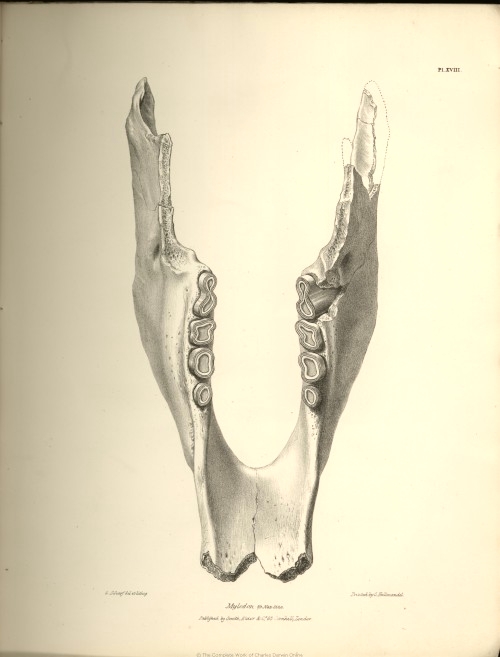
The sloth named Scelidotherium leptocephalum by Owen is the only sloth based on a nearly complete skeleton and was also found by Darwin at Punta Alta. The genus name means femur beast, as Owen felt that the femur was very distinctive, although at the time the only other fossil sloth for which the femur was known was Megatherium, so a very small sample for comparison. The species name leptocephalum means narrow head which is very distinctive in Scelidotherium, and to a lesser degree in its closest relatives. Scelidotherium and its close relatives are also in the family Mylodontidae, with similar flat grinding teeth as in Mylodon. They are, however, significantly different in parts of the skeleton that they are placed in their own subfamily, Scelidotheriinae. As it turns out, one of the sloths from Brazil first described by P.W. Lund, now referred to Catonyx, is a scelidothere as well.
As might be expected, Darwin did find some remains of Megatherium, but no skeletons, only isolated bones. While included by Owen in his Fossil Mammals chapter, they play a very small role as they were overshadowed by the more complete skeleton sent by Woodbine Parish which had preceded Darwin back to England. The skeleton of Megatherium acquired by the Royal College of Surgeons in London and described by Clift was incomplete. A second partial skeleton was obtained in 1845 by The Natural History Museum (then part of the British Museum), but it too was incomplete, so the missing parts were filled in with casts made from the Royal College of Surgeons specimen, resulting in a composite skeleton that could be mounted for exhibits. Plaster casts from both skeletons along with a few modeled bones were mounted as a skeleton at the original British Museum in 1849. This composite skeleton was used in a series of papers on the Megatherium by Owen, published from 1851 to 1859 and then published as a book in 1861. The skeleton is still on exhibit at the Natural History Museum. Unfortunately, the original bones provided by the Royal College of Surgeons were subsequently destroyed during the bombing of London during World War Two, along with the skeleton of Mylodon robustus. Henry Ward, the founder of Wards Scientific, arranged with the Natural History Museum to mold the Megatherium skeleton and sold copies to many museums in the United States starting in the late 1860s, but that’s another sloth story.
